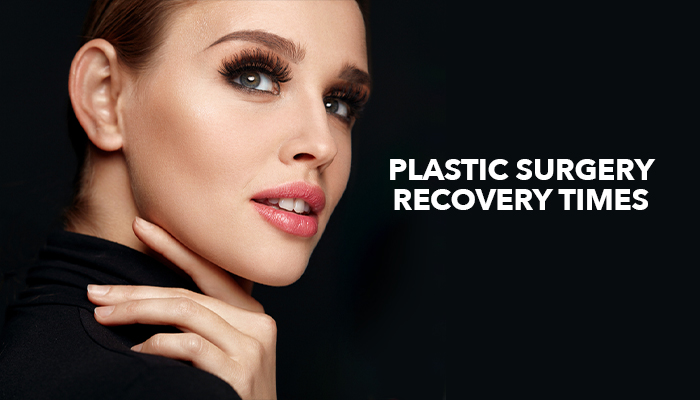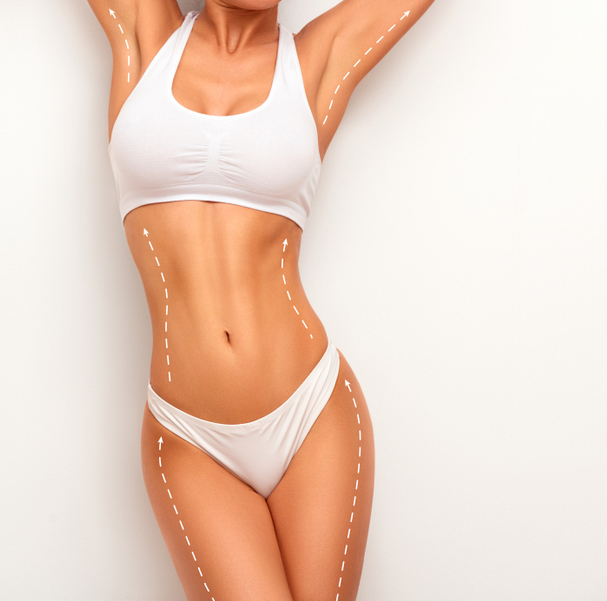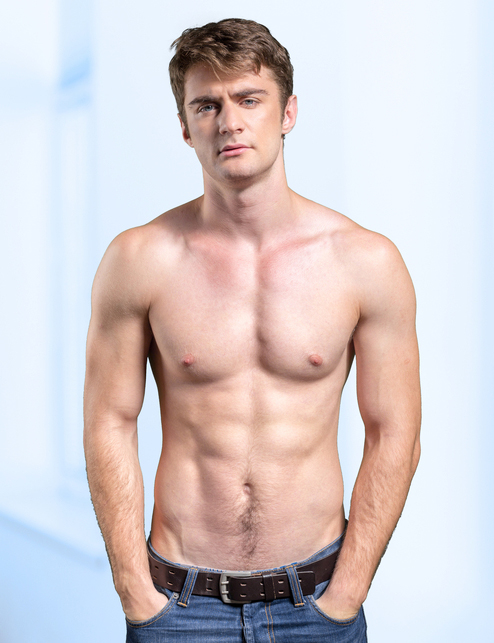
Xeomin, Dysport, & Botox Comparisons:
Xeomin, Dysport, & Botox
Many adults seek to improve the look of their skin by preventing wrinkles, frown lines, and crow’s feet. In the rapidly-advancing and ever-changing world of medicine, there are more options than ever to help keep one’s skin looking youthful for longer, without making it look “plastic” or fake. Some of these options include things like Xeomin (Incobotulinumtoxin A), Dysport (Abobutlinumtoxin A), and Botox (Onabotulinumtoxin A.
While these kinds of injections and plastic surgeries used to be something that was only accessible to Hollywood personalities, but that is far from the case today. These are the very types of treatments available to “average” everyday people than ever before. Each also has its benefits and perks based on the exact results you are looking for.
Xeomin (Incobulinumtoxin A):
Xeomin is an injection that was approved by the FDA in 2015 to help treat adults with various Adult Upper Limb Spasticity including conditions like Cervical Dystonia and Blepharospasm. This treatment has begun replacing Botox injections for these same conditions. Similar to Botox, Xeomin is injected into the muscle that the patient is experiencing spasms in. Xeomin is primarily used to treat increased muscle stiffness in the arms. For adults with Upper Limb Spasticity, abnormal head positioning or neck pain in adults with Cervical Dystonia, and abnormal spasms of the eyelids in adults with Blepharospasm. Medical results are generally seen within about 7 days of receiving injections, but results may vary for each patient.
Xeomin is an injection that was approved by the FDA in 2015 to help treat adults with various Adult Upper Limb Spasticity including conditions like Cervical Dystonia and Blepharospasm. This treatment has begun replacing Botox injections for these same conditions. Similar to Botox, Xeomin is injected into the muscle that the patient is experiencing spasms in. Xeomin is primarily used to treat increased muscle stiffness in the arms. For adults with Upper Limb Spasticity, abnormal head positioning or neck pain in adults with Cervical Dystonia, and abnormal spasms of the eyelids in adults with Blepharospasm. Medical results are generally seen within about 7 days of receiving injections, but results may vary for each patient.
Xeomin has also been found and proven useful to help people with moderate to severe frown lines especially between the eyebrows (glabellar lines). Most patients using Xeomin to reduce frown lines have about a 2 point improvement in their drawn lines within about 30 days of beginning a treatment regime. Results will vary for each individual. These results are based on the clinical studies of Xeomin and its average effect on patients.
Xeomin works the same way for both Upper Limb Spasticity and with the frown lines. The Xeomin injection is made through a unique manufacturing process that isolates the therapeutic component of the injection and removes “accessory proteins” that cause muscle contractions so people with Upper Limb Spasticity experience relief and those with frown lines also experience relief. The number of injections varies usually between 10 and 25 injections per visit depending on what the treatment entails.
Dysport (Abobotulinumtoxin A):
Dysport (Abobutulinumtoxin A) is another FDA-approved option for injections that help ward off the effects of wrinkles, frown line, and aging. Unlike Xeomin, Dysport is NOT used to treat Upper Limb Spasticity, but rather as a treatment for wrinkles, frown lines, and general aging symptoms. This is a recommended treatment for those seeking these anti-aging injections who are under age 65.
Dysport is the botulinum neurotoxin called Abobotulinumtoxin A that acts as a blocking agent to help prevent the specific, frequent small muscle contractions that cause deepening frown lines and used in between the eyebrow lines, and are single-use sterile 300-unite vials. This means that Dysport taxes about 2.5x the amount of medicine for it to be effective as Botox This dose equals about 50 injections per treatment spread out among all the involved muscle groups. Most patients experience noticeable improvement to moderate to severe frown lines improving within 2-3 days of treatment. The effects of Dysport last about 12 weeks (3 months) meaning the average patient will need about 4 doses of treatment annually to see maximum benefits.
While one treatment of Dysport takes about 50 injections, the good news is that the average dose of Dysport lasts about 16 weeks (4 months) over the 12 weeks (3 months) that Xeomin lasts. In the end, Dysport saves the patient receiving one treatment a year, so the convenience of going one less time can be a plus.
Botox (Onabotulinumtoxin A):
Botox Cosmetics is the oldest FDA-approved of the three drugs, having received its FDA approval back in 2002. It is the most common of all three of the drugs used to reduce wrinkles, frown lines, and crow’s feet having been administered over 10.6 million times since it was put on the market in 2002. It is also available in over 78 other countries as well. The main reason that Botox is the most of the three drugs as it has been on the market as an FDA-approved treatment for longer than Xeomin and Dysport.
Botox treatments should be repeated about once every 12 weeks (3 months) to maintain maximum results, which is about often as Xeomin should be administered. Each treatment requires about 20 injections per treatment. It is also worth noting that between 1997 and 2014 amount of males receiving Botox treatment has increased by 273%, and now men account for about 10% of all Botox treatments performed.
Side Effects Of Botulinum Family Drug Procedures:
Xeomin, Dysport, and Botox are all from the botulinum family of drugs, which can have some rare but serious side effects when used on people with preexisting or special sensitivities or conditions. The most common side-effects to be aware of are problems swallowing, speaking, or breathing. This is due to the weakening of the associated muscles in the face that the botulinum-based drugs affect. If the muscles overreact to the injections it can cause these serious complications.
There are also rare cases of toxins spreading throughout the body that can cause loss of strength, muscle weakness, double vision, and hoarseness/total loss of voice after receiving any drugs within the botulinum family.
There are also rare cases of toxins spreading throughout the body that can cause loss of strength, muscle weakness, double vision, and hoarseness/total loss of voice after receiving any drugs within the botulinum family.
There are also rare cases of toxins spreading throughout the body that can cause loss of strength, muscle weakness, double vision, and hoarseness/total loss of voice after receiving any drugs within the botulinum family.
Rare cases of allergies have also been reported to the ingredients in the various botulinum family drugs as well. If you have allergies to any ingredients in the injections, do not use that treatment. Inflammation at the site of the injections is the most common sign that there are allergic reactions to the drug being used.
Rare cases of allergies have also been reported to the ingredients in the various botulinum family drugs as well. If you have allergies to any ingredients in the injections, do not use that treatment. Inflammation at the site of the injections is the most common sign that there are allergic reactions to the drug being used.
Do not drive a motor vehicle, operate machinery, or partake in other dangerous activities until you know how you react to these injections.
Do not drive a motor vehicle, operate machinery, or partake in other dangerous activities until you know how you react to these injections.
Also, ensure that all procedures are performed by a certified plastic surgeon or specialist. People doing these procedures without proper training are sure to be cheaper, but the process will often go horribly wrong, and the person performing the Procedure will often have no clue how to fix what has gone wrong. You will be left with a job poorly done, and possibly permanent damage to the area that was treated. It is worth the extra money to ensure you find someone who can do a quality job, and that you are not damaged permanently in the process.
Moreover, before you start any new treatment regime talk to your doctor before you start any new treatment regime to make sure the treatment is the right fit for your personal needs.
Conclusions:
Xeomin, Dysport, and Botox are all very similar in many ways as are all used to temporarily relax the muscle groups that are responsible for wrinkles, frown lines, and crow’s feet. However, a few differences remain. The biggest difference is that Xeomin is only approved to treat Upper Limb Spasticity. Both Xeomin and Botox are recommended to be taken every 12 weeks (3 months), while Dysport can be taken every 16 weeks (4 months). However, Dysport requires about 50 injections per treatment, whereas Xeomin and Botox only require 10-25 injections depending on the size of the muscle area being injected. In the end, Dysport generally requires about 25% fewer treatment sessions than either Xeomin or Botox as the treatments are only needed 3 times per year versus 4 times a year for Xeomin or Botox. Xeomin takes about 7 days, and sometimes up to 30 days till the skin is seen at its best. Both Dysport and Botox patients usually see full results much more quickly, generally within 2-3 days.
It is also worth noting that all three treatments are considered “safe” by the FDA’s standards. Also, no matter which treatment is chosen these are considered cosmetic treatments. This means that most insurance companies will not pay for the treatment, and it’s up to the client to pay for the entire cost of treatment. Many times companies offer rebates on treatment to entice customers to try their product for the first time or offer discounts for booking multiple procedures at one time. This can help save you money.
Xeomin, Dysport, and Botox are all considered viable options to help reduce the wrinkles, frown lines, and crow’s feet lines you are looking to help fade. None of these procedures are likely to get rid of those lines completely, but they can help fade them away. Results will vary depending on the patient as well. Talk to your doctor today to see which option is best for you!
Sources:
“Botox Cosmetic” (n.d.) Written 2016. Retrieved November 18th, 2016. https://www.botoxcosmetic.com/?item=%2ffaq%2fwhy-botox-cosmetic&user=extranet%5cAnonymous&site=BotoxCosmetic2
“Frequently Asked Questions About Dysport ®” (n.d.) Written http://www.dysportusa.com/get-started/faq
“Join The Experiences” (n.d.) Written 2015. Retrieved November 18th, 2016. http://www.xeomin.com/
“How Much Does Dysport Cost?” (n.d.) Written 2009. Retrieved November 18th, 2016. https://www.realself.com/question/how-much-does-dysport-cost
Zamosky, Lisa. “The Surprising Benefits Of Botox” (m.d.) http://www.webmd.com/beauty/features/the-surprising-benefits-of-botox













